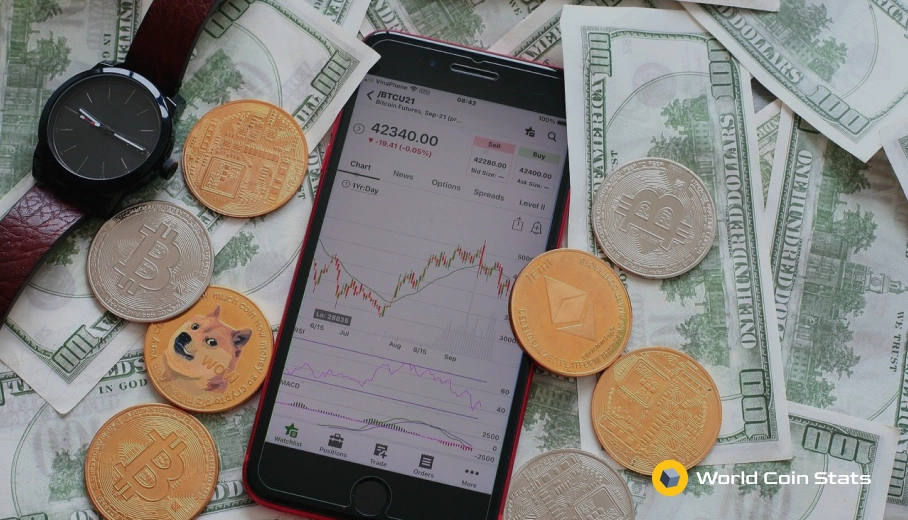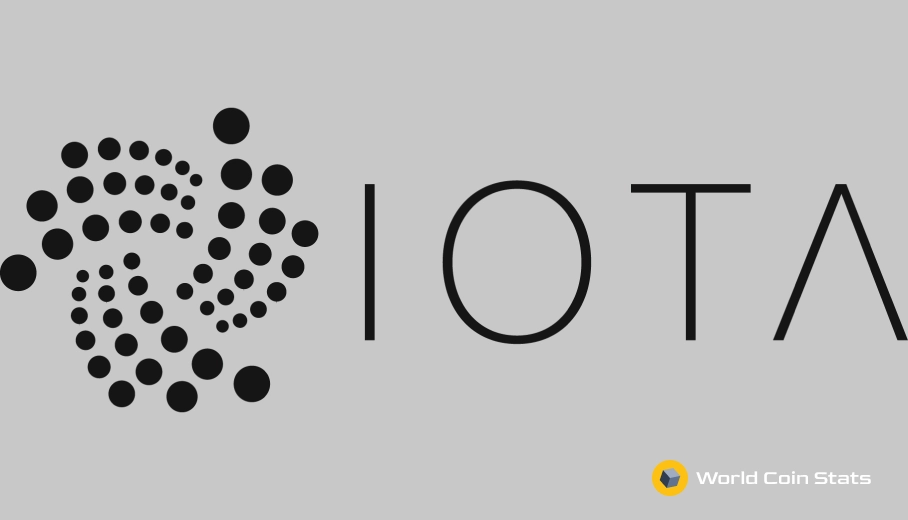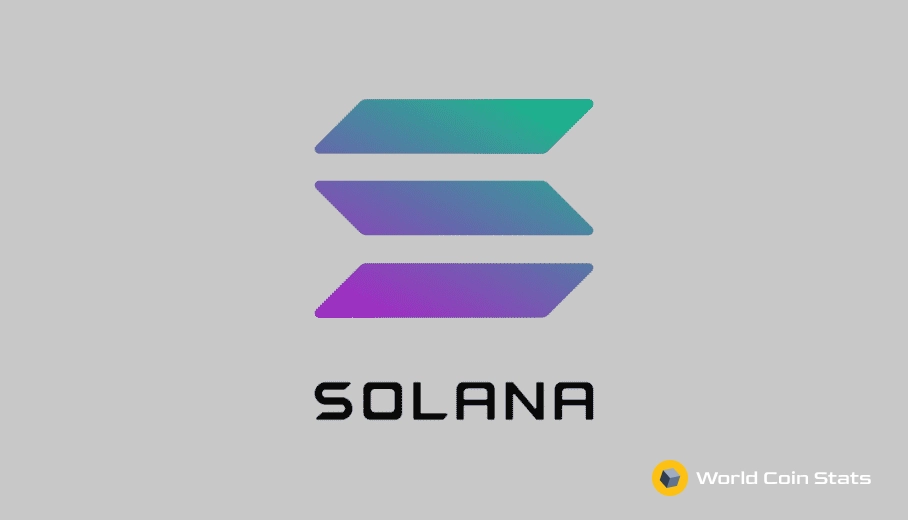Biggest Risks in DeFi
Decentralized finance (DeFi) is the hottest trend in cryptocurrency. However, it is not without risks. This article will cover some of the biggest risks in DeFi. Some of these risks are well-known while others go under the radar.
Contents
Smart Contract Vulnerabilities
DeFi protocols use smart contracts as a cornerstone of their functionality, which is great because smart contracts do a great job of operating according to their programming.
But a problem can arise with so much reliance on smart contracts.
In the simplest terms, an experienced programmer can examine the coding of a smart contract and find a way to exploit it. This might sound rare, but it does happen from time to time.
And when it does happen, the impact is devastating. An entire vault can be drained by one exploit on a smart contract.
Fortunately, this risk can be mitigated by an audit of the smart contract.
Network Congestion
Another problem with DeFi is that it relies on Ethereum, which has problems with network congestion. Ethereum is working on solving this problem with Ethereum 2.0, but the results have not yet materialized.
Anyway, this has become a problem because DeFi users have had transactions not go through because of high network fees. This can cause huge problems when doing DeFi transactions that rely on speed to make a profit.
In our opinion, this is the biggest risk with DeFi because it can have the biggest impact on your profit. Especially because an otherwise profitable transaction can go negative due to higher transaction fees.
Unfortunately, there is not a real solution to this problem other than carefully examining network fees before doing any transaction. There are solutions to this problem, though.
Using blockchains that are not Ethereum. The leading contender to host DeFi is Polkadot, but that is still a long time away from happening. At the moment, DeFi is on Ethereum and dealing with network congestion is simply something that we have to deal with until Ethereum fixes the problem or more DeFi protocols move to Polkadot.
Rug Pulling
Another risk with DeFi is something called rug pulling. Rug pulling is a fairly simple risk and easy to avoid, but it’s so common that it’s worth mentioning.
Rug pulling is simply when a coin is loaded up with liquidity by the scammers, the marks then place their own liquidity into the coin, and finally the scammers will withdraw their liquidity from the coin.
Rug pulling is essentially a pump-and-dump scam.
Again, it’s easy to avoid rug pulling. Do not invest in coins that are anonymous or created by unknowns in the cryptocurrency space and you will avoid the vast majority of rug pulling on DeFi.
Regulatory Risks
Another risk with DeFi is the potential for regulation to destroy it. This risk will most likely not destroy your profit. But it can destroy DeFi.
The risk with DeFi is that the decentralization means that these protocols do not have any government regulation. However, the exact amount of decentralization varies depending on the protocol. In other words, some of these DeFi protocols rely on a decentralized protocol for trading and other financial transactions, but a centralized authority runs the protocol.
So far, regulators have ignored DeFi. This is most likely because DeFi is small in the financial space. Once DeFi gets bigger it’s certainly possible that a regulating authority will come in and force regulations on the industry.
The first path for regulation seems like it would be some form of Know Your Customer (KYC) rule because that would help tax authorities. At the moment, DeFi has no KYC regulations, which makes it a prime target for tax authorities looking to increase their revenue.
We did mention that looming regulations should not impact your profit, but there are some scenarios where regulations could impact your profit. For instance, if you hold a large amount of Basic Attention Token (BAT), then you could be stuck holding an otherwise useless coin if DeFi protocols faced massive regulation.
We find regulation a risk with Defi. However, regulation will likely not destroy DeFi. It would also be difficult to fully regulate DeFi protocols because they are decentralized.
Sure, some of the more centralized DeFi protocols could get shutdown by regulators, but the truly decentralized DeFi protocols will likely be fine.
Oracle Vulnerabilities
The final risk with DeFi is that many of the protocols rely on oracles for pricing data. For those that do not know, an oracle is simply a node that sends data information to a protocol. An oracle could send data about the price of fiat currency to a DeFi protocol node.
The risk of this is when a protocol relies on only one oracle for their data stream. An attack could occur where the oracle will send wrong data to the protocol, and this could cause huge problems on the DeFi protocol.
Fortunately, this risk is easy to mitigate if a protocol uses multiple oracles for their data stream. All the popular DeFi protocols use multiple oracles, but the problem arises with the less popular DeFi protocols.
Summary
That covers it for some of the risks in DeFi. We know it sounds scary, but it’s not really that risky as it sounds once you know how to mitigate your risk.
Sure, you do have to be a little more aware when using DeFi than you do with standard financial institutions. However, the benefits of DeFi greatly outweigh the minor risk that you have. Our favorite benefit is the low fees you find on DeFi. The anonymity of DeFi is also nice – no one can block your transactions or has to know that you are conducting financial transactions.
Of course, there is the risk that those benefits will disappear in the future. But it’s safe at the moment and certainly something worth familiarizing yourself with as it will take over the cryptocurrency world.




